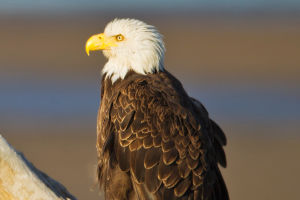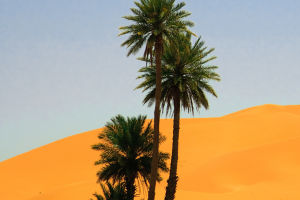Lions are large, muscular, majestic animals with distinct physical features. Here are some key features of a lion's appearance: Adult male lions are usually larger than female lions, weighing up to 550 pounds (250 kilograms).
Females are smaller and can weigh up to 400 pounds (180 kilograms). Male lions have a distinctive mane around their neck and head that can vary in color from golden to black. The mane helps protect the lion's throat in battle and is a sign of dominance. The lion's fur is short and soft in various shades of yellow-brown with a white belly and chest. Some lions have darker fur on their legs and tails. Lions have round ears that can rotate independently, allowing them to detect sounds coming from different directions.
Lions have large, round eyes and excellent vision, especially in low-light conditions. Lions have powerful jaws and sharp teeth for killing and eating their prey. They also have retractable claws, up to 1.5 inches long, for hunting and climbing.
Overall, the lion's appearance is well suited to its role as an apex predator, with strong muscles, razor-sharp teeth, and keen senses allowing it to hunt and survive in the wild.
Lions are top predators, and their habits reflect their position at the top of the food chain. Here are some of their most notable habits:
1. Social behavior: Lions are social animals and live in groups, consisting of several males, several females, and their offspring. Pride works together to hunt and protect their territories.
2. Hunting: Lions are skilled hunters and mostly hunt at night. They rely on their strength, speed, and teamwork to hunt their prey, which includes zebras, wildebeest, and other large mammals.
3. Sleep: Lions are known to be lazy and can sleep up to 20 hours a day. They often sleep in the shade during the day and become active at night.
4. Roar: Lions use roar to communicate with other members of the pride and to declare their dominance. The roar could be heard 5 miles away.
5. Grooming: Lions spend a lot of time grooming each other, which helps them bond and keep their coats clean.
6. Marking Territory: Lions mark their territory by leaving scent marks on trees and rocks. This helps keep other lions at bay and protects their food and water sources.
7. Overall, lions have developed a set of habits that allow them to thrive in their natural environment and maintain their status as top predators.
Lions are currently listed as Vulnerable by the International Union for Conservation of Nature (IUCN) due to habitat loss, human-wildlife conflict, and poaching. It is estimated that there are only about 20,000 lions left in the wild, down from about 200,000 a century ago.
There are several conservation measures that can be taken to protect lions and their habitat, including:
Protected areas: Establish protected areas, such as national parks and reserves, where lions can live and hunt without human interference. These protected areas can also provide important habitats for other wildlife and promote ecotourism.
Community Engagement: Involving local communities in conservation efforts can help reduce human-lion conflict and promote sustainable land use practices that benefit both wildlife and people.
Anti-poaching measures: Implement effective anti-poaching measures to prevent the illegal hunting of lions for their skins, bones, and other body parts used in traditional medicine or sold on the black market.
Research and Monitoring: Conducting research and monitoring to better understand lion populations, their behavior, and their habitat needs can help inform conservation efforts and management decisions.
Education and Awareness: Raise public awareness of the importance of lions and their role in the ecosystem through education and outreach programs.
Protecting lions and their habitat requires a comprehensive conservation approach, including protected areas, community engagement, anti-poaching efforts, research, and education. By working together, we can help ensure that future generations of lions continue to thrive in the wild.


